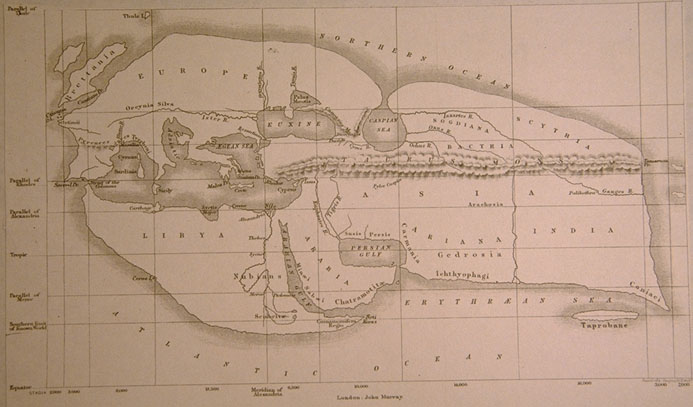|
 Most people think of the Phoenicians as a tribe of sailor-traders that inhabited what is now Lebanon. However, the Pancika or Pani as the Hindus called them, or Puni, by the Romans (a name also derived from Rama), were, like gypsies, scattered all over the globe. The Spaniards called the land of the Ra-Ram-Uri Chiahuahua, pronounced as Shivava by the natives themselves. In Sanskrit, Shivava = "Shiva's Temple." According to Hindu religious scholars, Ram and God Shiva were once the same deity. Shiva and Yah's (the same one we read about in the Bible) name are also prominent in Native-American religious practices and can be found inscribed as petroglyphs all over the American Southwest. (Refer to my book India Once Ruled the Americas!) Ayodhya was also another name for Dar-es-Salam in African Tanzania and Jerusalem (Judea). It is true that the Jerusalemites were known as Yehudiya or Judeans (Warriors of Yah), a fact making the Jews' Indian origins incontrovertible. There was no part of the ancient world, including China, that wasn't influenced by Ram's religious views. For example, Christians and Jews have been brainwashed to believe that Mohammed copied his teachings from Jewish sources. The truth is that in Mohammed's time, Ram or Abraham's theology was the foundation stone of all religious sects. All Mohammed did was to purge them of idol worship.
Before Mohammed's time, The Hinduism of the Arab peoples was called Tsaba. Tsaba or Saba is a Sanskrit word, meaning "Assembly of the Gods ". Tsaba was also called Isha-ayalam (Shiva's Temple). The term Moslem or Moshe-ayalam (Shiva's Temple) is just another name of Sabaism. The word has now shrunk to Islam. Mohammed himself, being a member of the Quaryaish family, was at first a Tsabaist. The Tsabaists did not regard Abraham as an actual god, but as an avatar or divinely ordained teacher called Avather Brahmo (Judge of the Underworld). At the time of Jesus, the respective languages, religious symbolism, and traditions of the Arabs and Jews were nearly identical. If we could take a time machine to the past, most of us would not see any real differences between the Arabs and Jews. History tells us that the Arabs of Christ's time worshiped idols. So did the lower class and rural Jews. For this reason, the Middle Eastern squabble between the Jews and the Moslems and the hate between the Moslems and Hindus in India are ridiculous. The Moslems are fighting the Jews and Hindus, or vice-versa, over nothing. All three groups sprang from the same source. The Kashmiri-Sanskrit equivalent of Hebron (Khev'run in Hebrew) screams out the Indian origins of Jerusalem's earliest inhabitants: Khab'ru (grave; tomb). (See Grierson's Dictionary.; p. 382.) Even in Hebrew, Kever = "Tomb."
Ms. Shendge's research really strengthens my conviction that the remains of Abraham and Sarai in Hebron may really be those of the real Brahm and Saraisvati. Our Abraham was evidently a priest, perhaps even the founder, of the Abu-Rahmu (Adam and Eve) cultus, who brought his monotheistic religion to West Asia. Though he and Sarai were deified in various forms back in their native India, they remained as humans in Judaism.
 See also What Osama bin Laden Doesn't Want YOU to Know About Jews and Palestinians (Phoenicians)
|